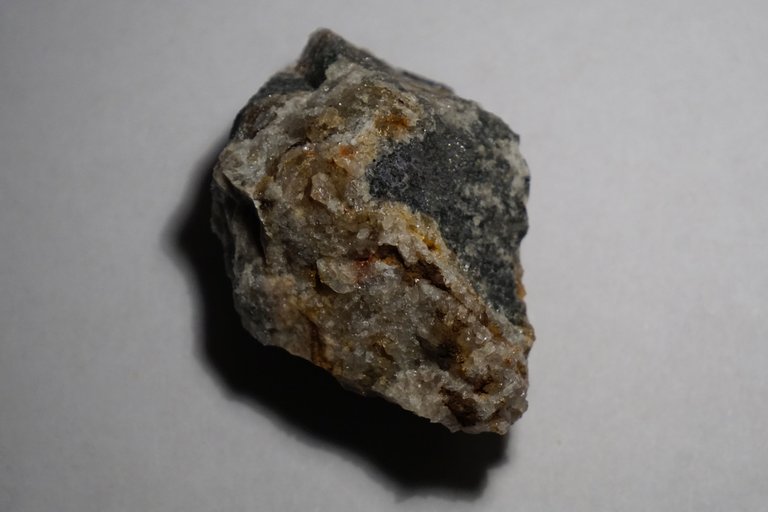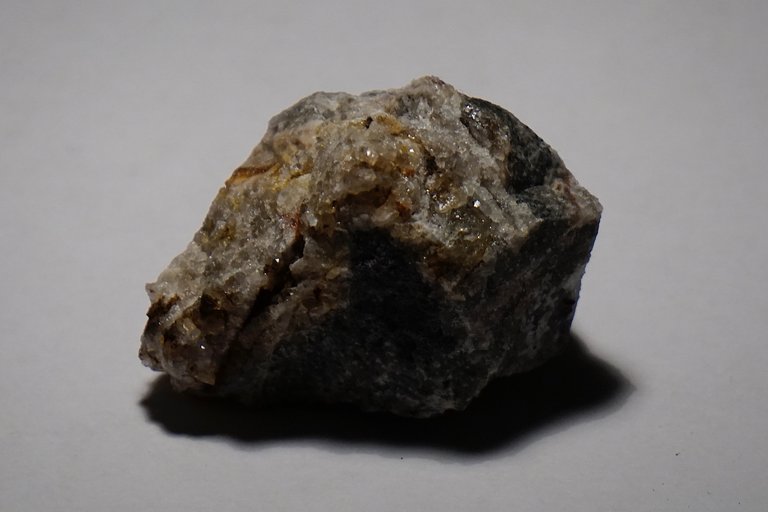Skutterudite Mineral
Hey dear Hive friends, first of all I would like to wish you a pleasant day and hope you are all doing well and you also have a good start to the new week. In this article, I would like to introduce a mineral a little more closely and hope you can learn something new.
Here you can see a rather rare mineral which is known under the name Skutterudite and in the past it was still known under the name smaltine and was based on the color pigment smalt which was used by many artists. The final name can be traced back to the mineralogist Wilhelm Ritter von Haidinger (1795 - 1871) who named the mineral as often after the place of discovery which is located in Norway. The formation can be traced back to hydrothermal conditions and the most important places of discovery are Norway, Australia, Mexico, Canada and depending on the location, it can be found with other minerals such as bismuth, calcite or quartz. In the Middle Ages, the mineral was still used for the production of color pigments and nowadays, from an industrial point of view, it is mainly used as an ore for the extraction of cobalt or nickel and it is very important to know that it is toxic due to the high proportion of arsenic and you have to handle it carefully! As with other minerals that contain a lot of arsenic, by heating an garlic-like smell is created and in addition to its use as ore, it is also particularly popular for mineral collectors.
Many thanks for stopping by and I hope you like my new entry! I captured these pictures with my Camera Sony Alpha 6000 plus 55-210 mm lens!


I really admire this type of mineral I must confess
Thanks for the feedback
First time hearing the name. Since it is very toxic then it must be handled with care and taken out of reach for children because from the pictures it looks solid and resemble stone which can make it mistaken as ordinary stone to play with by children.
That’s right, it’s always important to pay attention to it!
https://twitter.com/jewellery_all/status/1719109336440455246
Dealing with such minerals is very skilled process and requires alot of knowledge.
Happy to hear your feedback :)
Wow nice again. I haven't heard that how minerals work as color pigments can u please explain? Otherwise it's a great work
Exactly there are many minerals that are used for this purpose and have been used since ancient times, long before today’s colours existed. The minerals that are suitable were usually processed into powder with mortars, which is also the predecessor of the mills or other methods and mixed with liquid substances. Subsequently, this mixture was stirred and in addition it was sieved several times to name the short version. I can go into this more in the future. Happy that you are interested in the topic :)
The way we see such beautiful minerals are found for us every day and we don't know about them before we find them after your post.
Great that you show interest in minerals :)
Yeah very cool.
https://twitter.com/lee19389/status/1719696264055435653
#hive #posh
https://twitter.com/LovingGirlHive/status/1719769272921231872